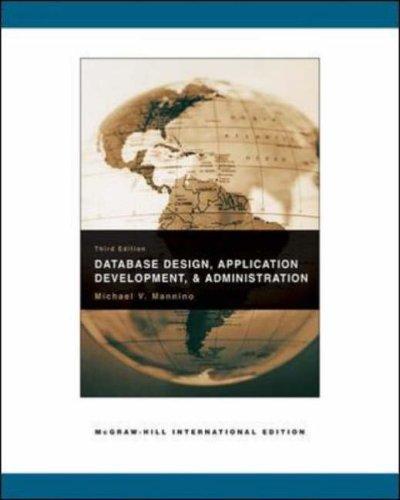Question
PYTHON PROGRAMMING Imagine a customer in a bank is asked to enter a whole number representing their approximate monetary worth. In that case, some people
PYTHON PROGRAMMING
Imagine a customer in a bank is asked to enter a whole number representing their approximate monetary worth. In that case, some people use commas to separate thousands, millions etc, and some dont. In order to perform a some calculations the bank needs that number as na integer. Write a function, called casual_number(s) that has one parameter, s, as input where s is a string. Function casual_number(s) should return an integer representing a number in s. If s does not look like a number the function should return None. Note that if a string in s looks like a number but with commas, you may assume that commas are in meaningful places i.e. you may assume that s will not be a string like 1, 1, 345.
>>> TESTING CODE:
>>> casual_number("251")
251
>>> casual_number("1,aba,251")
>>> casual_number("1,251")
1251
>>>casual_number("1251")
1251
>>> casual_number("-97,251")
-97251
>>> casual_number("-97251")
-97251
>>> casual_number("-,,,,")
>>> casual_number("--97,251")
>>> casual_number("-")
>>> casual_number("-1,000,001")
-1000001
>>> casual_number("999,999,999,876")
999999999876
>>> casual_number("-2")
-2
Step by Step Solution
There are 3 Steps involved in it
Step: 1

Get Instant Access to Expert-Tailored Solutions
See step-by-step solutions with expert insights and AI powered tools for academic success
Step: 2

Step: 3

Ace Your Homework with AI
Get the answers you need in no time with our AI-driven, step-by-step assistance
Get Started


